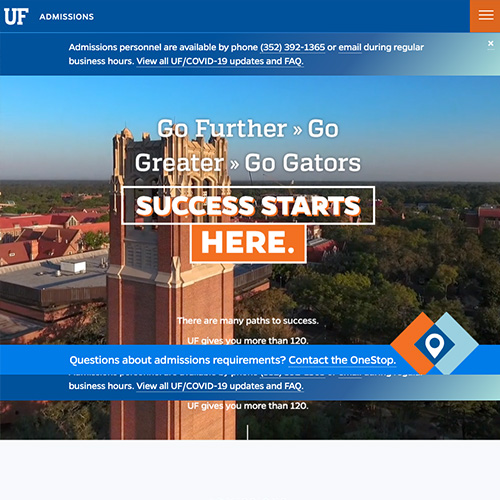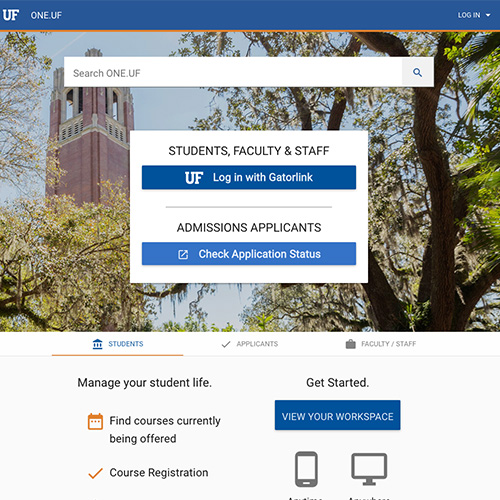FEAP 1 e.- Uses a variety of data, independently and in collaborations with colleagues, to evaluate learning outcomes, adjust planning and continuously improve the effectiveness of the lesson
Printable Version (.pdf)
|
UNSATISFACTORY |
DEVELOPING |
ACCOMPLISHED |
EXCEPTIONAL |
| The teacher fails to review her students’ fluency scores each grading period, or only reviews them once.
The teacher administers a pretest and simply records the grades never analyzing the tests.When the students struggle with their fractions test, the teacher decides that she will fall behind on the pacing guide if she revisits the topic and chooses to move on . |
The teacher reviews the math papers to find which questions students missed most.
The third grade teachers look at one another’s fluency scores each grading period.The teacher administers and grades a pretest and notices that the majority of the class did exceptionally well. When the students struggle with fractions, the teacher asks her veteran teammates what they did to help their students better understand fractions. The language arts and social studies teams met to discuss ways to integrate their learning outcomes. The teacher reviewed her students’ writing sample and decided the next instructional step. When the art teacher notices that second grader Sally has trouble holding the paintbrush, she consults her classroom teacher to see if she notices the same thing. |
The teacher reviews the math papers to find which questions students missed and then reviews those problems to see if there are common errors.
The third grade team compares students’ fluency scores and discusses differences. The teacher noticed that the majority of the class did exceptionally well on the pretest and planned to skip some of the lessons. After meeting with the social studies team, the language arts teachers decided to work on having their students write a comparative essay on customs in the US and Canada. The teacher reviewed her students’ writing sample and decided to consult with her co-teacher before deciding the next instructional step. When writing her unit plans, the teacher consults the pacing guide to be sure her students are progressing adequately. When the art teacher notices that second grader Sally has trouble holding the paintbrush, she reads about fine motor coordination benchmarks to see if Sally is behind and needs extra support.
|
After careful review, the teacher notices common errors in test questions and plans a lesson to clarify the misunderstandings.
After comparing their class’ fluency scores, teachers listen carefully to the teacher whose scores were significantly higher to hear her instructional strategies. The teacher noticed that the majority of the class did exceptionally well on the pretest so he planned some extension activities for most of the class and met with small groups for extra support for others. The teacher reviewed her students’ writing sample and decided to compare/discuss her results with that of her team before deciding the next instructional step. When the students struggle with fractions, the teacher asks her veteran teammate if she can observe her teaching a fractions lesson. When the art teacher notices that second grader Sally has trouble holding the paintbrush, she observes Sally during her regular class to see if her concerns about Sally’s fine motor development show up in all settings or just her class. |
Where noted, examples based on:
“(D)” – Danielson C. (1996). Enhancing professional practice: A framework for teaching. Alexandria, Va: Association for Supervision and Curriculum Development.
“(M)” – Marzano, R. J. (2007). The art and science of teaching: A comprehensive framework for effective instruction. Alexandria, Va: Association for Supervision and Curriculum Development.
Additional resources to assist evaluators:
Article about using data to enhance classroom practice:
http://www.edutopia.org/blog/using-student-data-inform-teaching-rebecca-alber
Article about data-based decision making in the classroom:
Extensive and easy to follow PowerPoint explaining the value of collecting student data and how best to apply it to enhance classroom instruction:
www.easyliteracy.com/usingdatatodriveinstruction.ppt
Using data to improve teaching and learning- Models and approaches from around the country:
http://www.sedl.org/pubs/sedl-letter/v22n02/using-data.html
Practical guide for using student achievement data to support instructional decision making:
http://ies.ed.gov/ncee/wwc/PracticeGuide.aspx?sid=12




